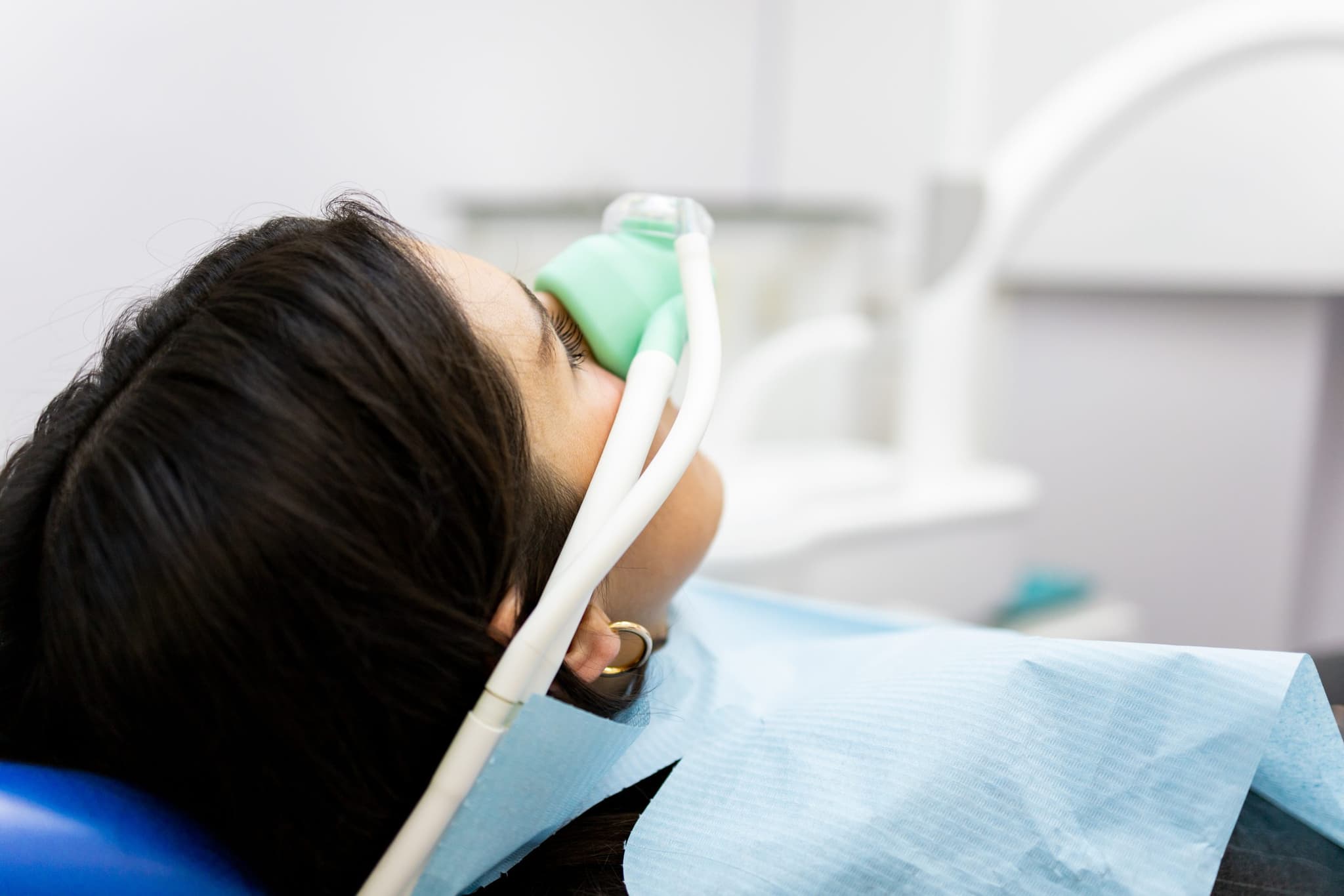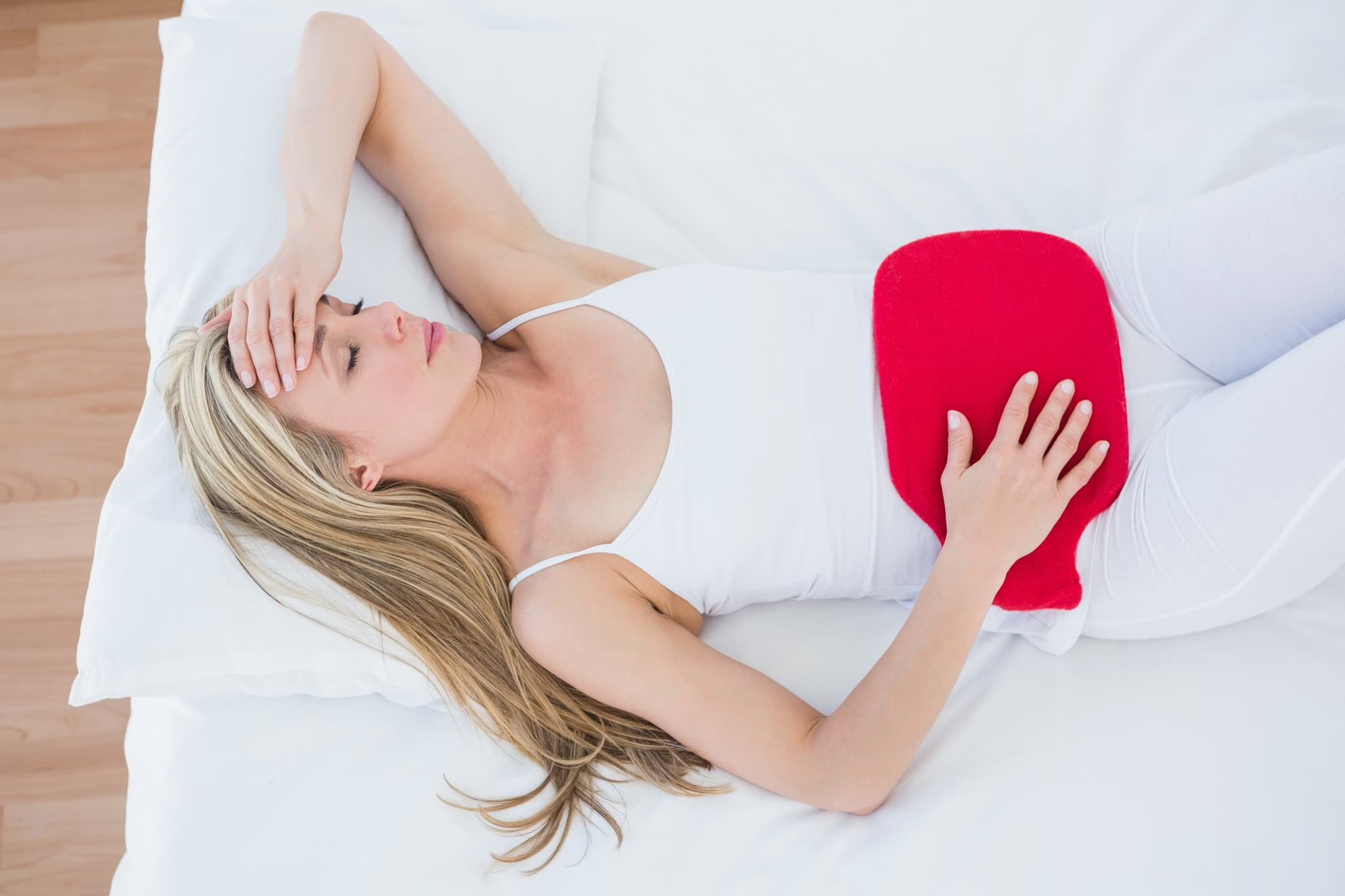
2025-12-17T17:11:43
Why OBGYN Clinics Are Using Nitrous Oxide for Pain Relief
- OB/GYN
July 25, 2017 | OB/GYN • Women and Children's Center
Specialties:OB/GYN

Often known by its abbreviation PMS, premenstrual syndrome includes a variety of symptoms surrounding the menstrual cycle in women. It’s estimated that up to three out of every four menstruating women have experienced some form of PMS.
The list of potential signs and symptoms of PMS is quite long, but in most cases, women only experience a few of these. Symptoms that fall under the category of emotional and behavioral include:
Other symptoms can manifest themselves physically:
Most signs and symptoms generally disappear within four days of the start of the menstrual period. In some rare cases, women with PMS will have disabling symptoms every month—this is known as premenstrual dysphoric disorder, or PMDD. This can lead to depression, mood swings, anger, anxiety, overwhelmed feelings, difficulty concentrating, irritability and tension.
The exact cause of premenstrual syndrome is not known, but there are a few factors that can contribute to it:
For many women, basic lifestyle changes and home remedies can help with symptoms of PMS. Some of these include:
In some cases, your doctor may prescribe medications for PMS. These could include:
If you have severe or life-altering symptoms of premenstrual syndrome, your doctor can recommend a course of action to you.
“Premenstrual syndrome (PMS).” The Mayo Clinic. http://www.mayoclinic.org/diseases-conditions/premenstrual-syndrome/basics/definition/con-20020003
“PMS Health Center.” WebMD. http://www.webmd.com/women/pms/default.htm
WRITTEN BY:
OB/GYN

2025-12-17T17:11:43

2025-11-21T14:10:25

2024-09-19T11:59:35

2019-12-31T15:15:01
This information is not intended to replace the advice of a medical professional. You should always consult your doctor before making decisions about your health.